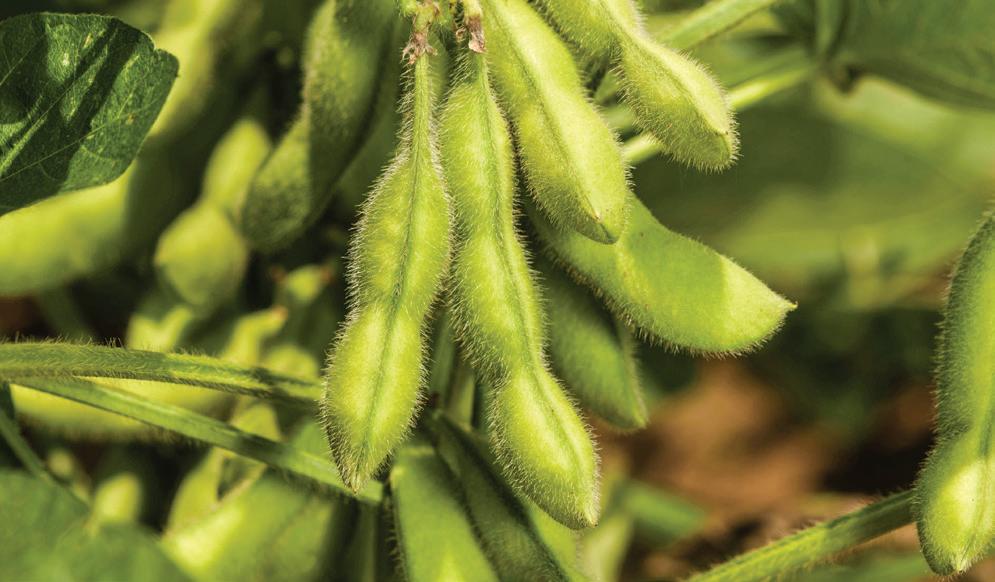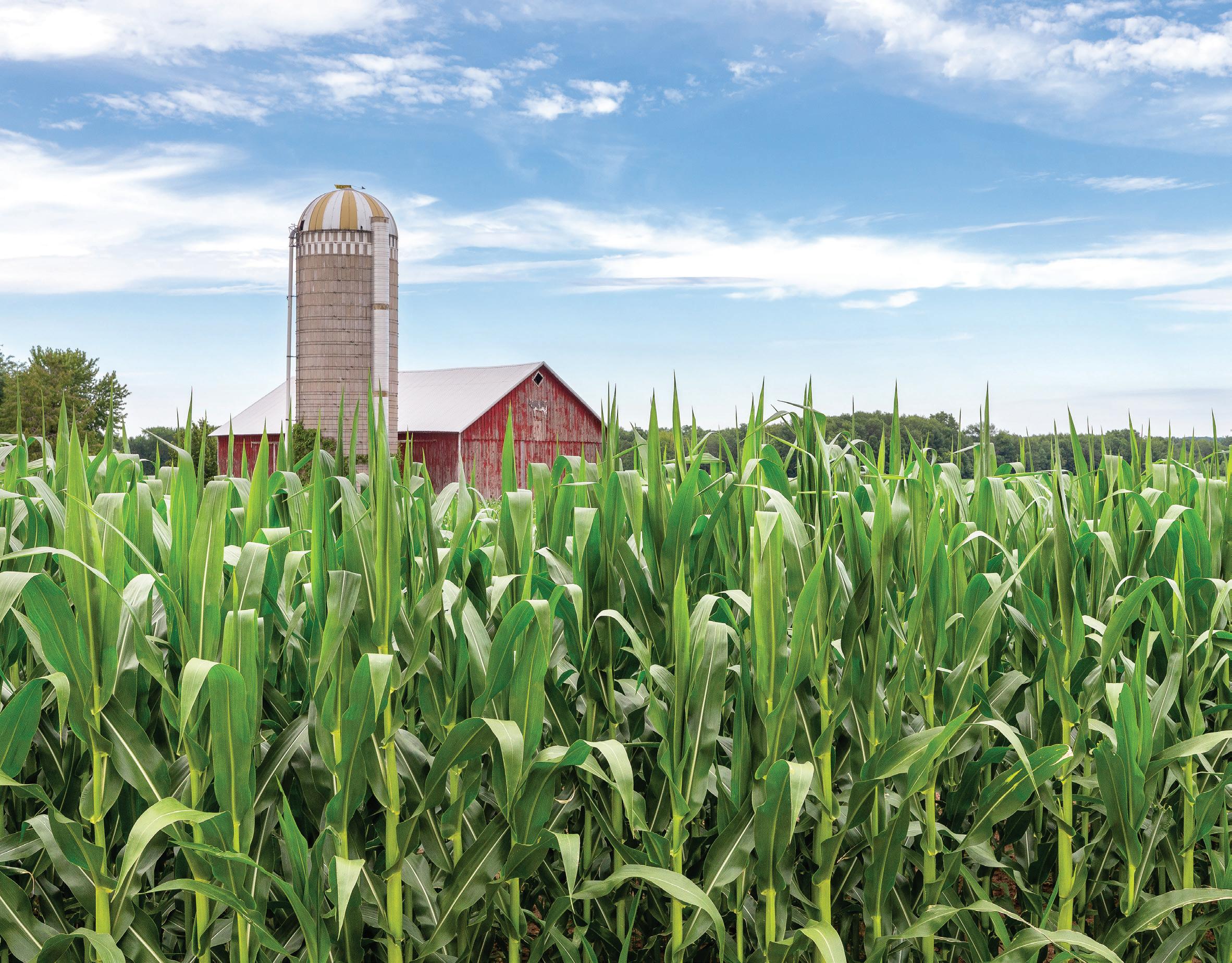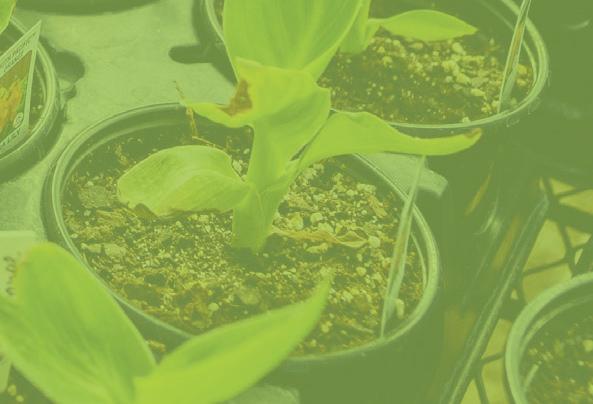
2 minute read
CORN? SOYBEANS or
from DC_AgMag_Spring 2023
by Shaw Media
The choice is a coin flip based on expected returns
By Martha Blum • AgriNews Publications
Illinois corn and soybean yields since the 2012 drought have been consistently good and above the trend yield.
“The one exception was in 2019, when we had wet weather in the spring,” said Nicholas Paulson, University of Illinois professor of agricultural and consumer economics. “It’s been a while since we experienced a bad yield year in the Midwest.”
For production costs in northern Illinois, there was an increase during the ethanol and soy export expansion period from the late 2000s to the early 2010s, Paulson said during a presentation in DeKalb at the 2023 Illinois Farm Economics Summit, hosted by U of I Extension and the farmdoc team from the U of I Department of Agricultural and Consumer Economics.
“We saw a moderation and slight decline for the period 2013 to 2019 and then big jumps from 2020 to 2022,” he said. “We are projecting another increase from 2022 to 2023 across non-land costs and land costs.”
The big mover for non-land costs is fertilizer.
“There was a $150-plus increase in direct input costs over the last two years for corn and close to $100 increase for soybeans,” Paulson said.
“There are big increases in power costs, as well, and the higher fuel prices are part of this story,” he said. “And in highincome years we also see bigger capital purchases.”
Increases in the overhead category are led by higher interest rates, as well as labor cost increases.
“Put all those together for non-land costs, there is over $200 increase over the last two years for corn and $150 increase for soybeans,” Paulson said.
“The operator and land return, which is the return coming back to the farmer, were records in 2021 and 2022, exceeding $600 per acre for corn and well over $500 per acre for soybeans,” he said. “We’re expecting that to come back down to the $400 level for 2023.”
In comparing corn to soybeans,
Paulson said there were extended periods when corn yielded higher in net return than soybeans.
“During the low price period prior to the last few years, soybeans dominated and over the last three years corn has had the advantage,” Paulson said.
“For 2023, it’s a toss-up based on where we expect prices and production costs to be,” he said. “The longer term rotation considerations will determine acreage decisions for this year because it’s a coin flip whether corn or soybeans look more attractive.”
Anhydrous ammonia prices were in the $500 to $600 range for a number of years prior to 2020.
“Since then, we’ve seen record prices for fertilizers and now we’ve seen anhydrous prices come down a bit from the peak of $1,600 per ton,” Paulson said. “But the prices are still at historically high levels.”
Although some experts may attribute the run-up of fertilizer prices to the Ukraine and Russia war, Paulson said the increases started in October 2021, prior to the start of the war.
“During the fall of 2021, we had domestic production plant shutdowns that ended up being more extended than thought due to Hurricane Ida and it was also a period where we were rallying corn and natural gas prices were going up,” he said.
“The Ukraine-Russia conflict hit in February 2022, and we did see additional movement up in fertilizer prices, but that is not responsible for getting us to the levels we’re at.”
The United States imports a small portion of the nitrogen and phosphate that farmers use, but most of it is produced domestically.
“The regions we rely on for the relatively small import shares don’t come from the Black Sea region,” Paulson said.
Since energy and fertilizer are global markets, everyone is impacted when something like the Ukraine-Russia conflict occurs.
“I don’t think the U.S. was as prone to the real danger of having access to these products,”





